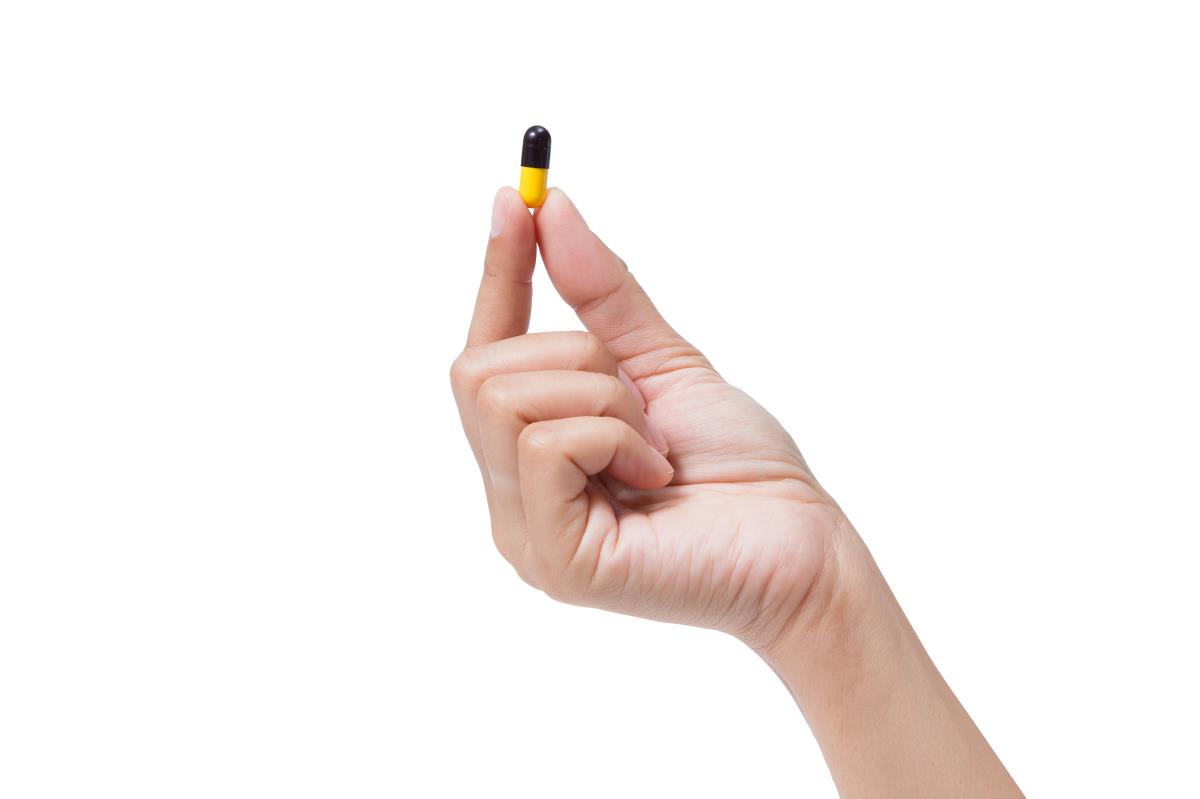
In October 2016, Sandy’s doctor changed her prescription and started her on a low dose of a new bipolar drug. Her body didn’t react at first but when her doctor started to increase the dose, a reaction began to take place. After three weeks on the bipolar drug, Sandy started getting a cold and a fever.
“I started to notice my arms and legs were swelling and I itched all over terribly,” Sandy said. “My skin was raised and everything felt swollen – my face, my arms, my fingers. I looked like a burns victim on my face,” she recalled. “The rest of my body was covered in a really bad rash, which felt like I was burning up.”
Her husband rushed her to the emergency room. After the assessment, she was sent home. They didn’t investigate the cause and she stayed on her prescription drugs. It only got worse from there.
The vicious rash spread across her body, overtaking her arms and legs. The skin became sensitive and painful to touch. “I told my husband that something isn’t right. Two days later, we went back to the hospital and I’d got a lot worse,” she recalled. “My esophagus was so swollen it started closing up and my skin felt like it was on fire.”
In December 2016, the doctors tagged her with a disorder, Stevens-Johnson Syndrome. The doctors said this rare disorder was the problem that was affecting her skin, mucous membranes, genitals, and eyes. Even though the bipolar drug sparked the reaction, the problem of course, wasn’t the medication. The problem was Sandy’s rare Stevens-Johnson syndrome.
As she struggled to breathe with a swollen esophagus, she was told that the painful rash would spread and blister until the top layer of the skin died off. She was administered steroids and a cooling lotion to stop the burning sensation. The intensive care unit also started her on a morphine drip.
Now in critical condition, she waited for answers. About this time the doctors finally told her that the bipolar medication was causing the reaction, which was called Toxic Epidermal Necrolysis. The long term effects of this drug reaction include fatigue and visual problems. In the aftermath, the doctors gave Sandy a new prescription psyche med to swallow.
So often, the medical establishment rushes to prescribe a cornucopia of mind-altering pills, never allowing patients the time to heal inside. The sudden, synthetic alteration of brain chemicals leaves patients dependent, and never allows the brain to adjust on its own. In many cases, this leaves people worse off than before, detached from reality and convinced they have a condition. When it comes time to wean off the drugs, the side effects of withdrawal can be severe. The mood changes caused by the drugs can spur patients to do things that further impound into their minds that they are crazy.
But in the eyes of psychiatrists, it’s never the drug’s fault. Even when the drug causes a severe, near fatal reaction, the problems with the drugs are never addressed. It’s always the fault of some other new disorder or mental condition that the patient must mentally accept. In the aftermath, more pills are prescribed and the negative chain of effects goes on. There are many better paths and nutrients that improve mental health; they just aren't found in a hasty medical system that doesn't have the time to truly listen and respond in a holistic manner.
Follow more news about the adverse effects of psychiatric drugs at Psychiatry.news.
Sources include:
Please contact us for more information.



















